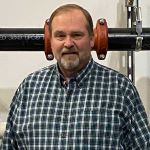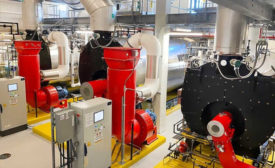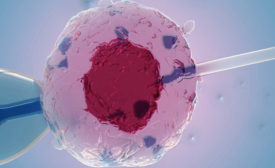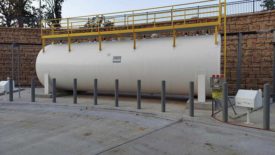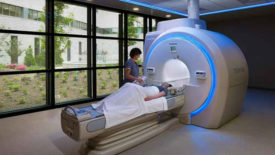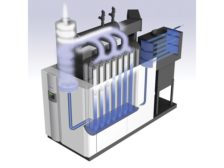Home » Keywords: » hospital
Items Tagged with 'hospital'
ARTICLES
The use of grooved pipe-joining solutions reduced the time needed to complete the project.
Read More
Engineering a LEED-Gold Health Care Facility
An in-depth look at how engineers earned LEED-Gold certification at Sarah Cannon Cancer Center in Plano, Texas.
October 17, 2022
Newton-Wellesley Hospital Gains Efficiency Via Boiler Room Overhaul
The boiler room project is on pace to meet aggressive financial return metrics established as part of the capital expenditure project funding.
September 26, 2022
Addressing NFPA 99’s Maintenance Requirements for Health Care Electrical Systems
Three strategies designed to improve a facility's preventive maintenance practices.
August 22, 2022
Power Is Life for In Vitro Fertilization Facilities
Without proper backup power systems, patient safety, embryos, and a facility's credibility are at risk.
May 17, 2022
Implementing a Fuel Oil System for a Hospital’s Large-Scale Backup Generation Needs
The generator building that was constructed consists of eight 3-MW Caterpillar generators with diesel exhaust fluid (DEF) systems along with two 20,000-gallon, above-ground storage tanks.
April 26, 2022
FA MRI Room Detection – Designing Aspirating Smoke Detection
Safety isn’t an option; it’s a requirement. The right consultants can help engineers not only be aware of their obligations but meet them.
January 18, 2022
Be in the forefront of the mechanical engineering industry!
Join thousands of professionals today. Shouldn’t you know what they know?
JOIN NOW!Copyright ©2024. All Rights Reserved BNP Media.
Design, CMS, Hosting & Web Development :: ePublishing

